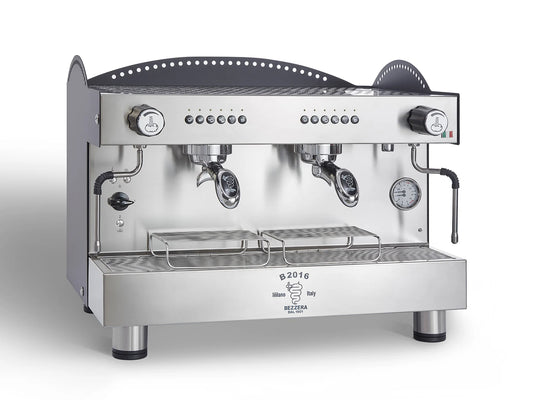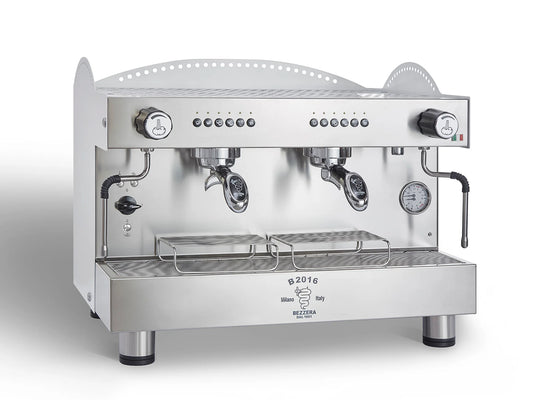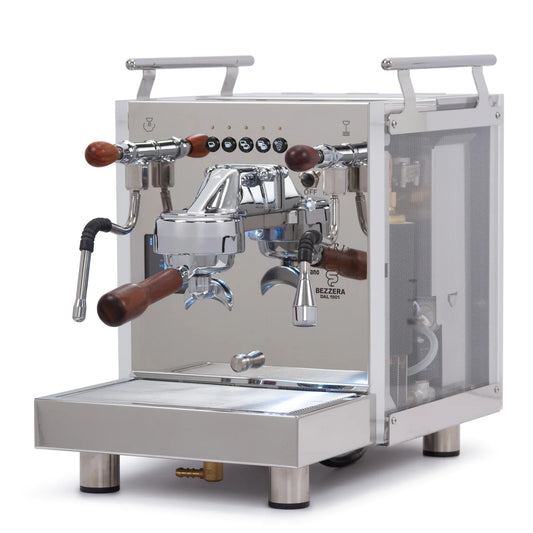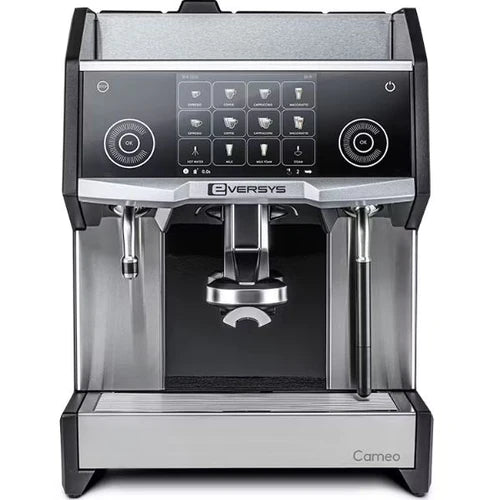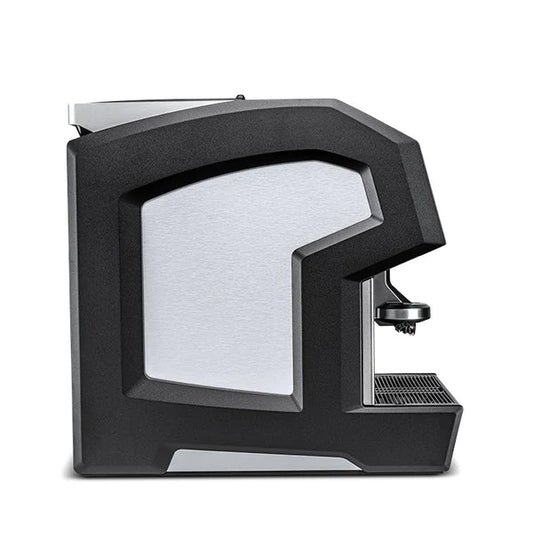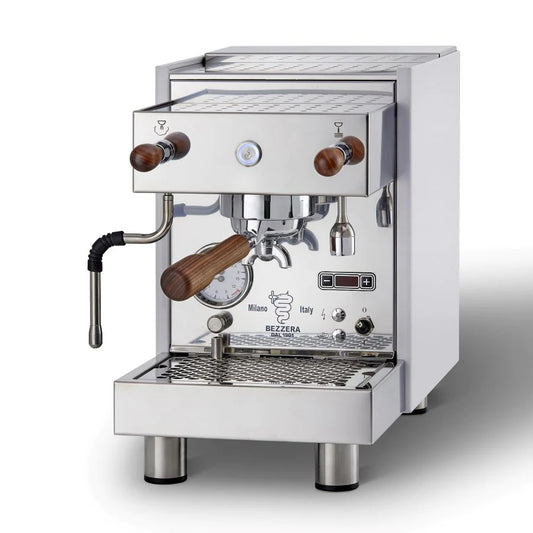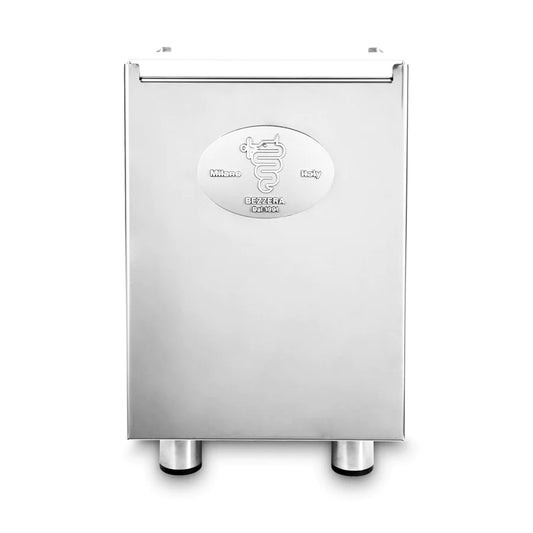Coffee Culture: From Artisanal Brews to Instant Gratification
Table of Contents
- Key Highlights:
- Introduction
- The Price of Coffee: A Growing Dilemma
- The Rise of Artisanal Coffee Shops
- Home Brewing: The Challenge of Convenience
- The Role of Celebrity Influence in Coffee Trends
- Balancing Quality and Accessibility
- Consumer Preferences: The Ongoing Evolution
- The Global Coffee Market Landscape
- Conclusion: Embracing the Spectrum of Coffee Culture
- FAQ
Key Highlights:
- Coffee prices have escalated dramatically, with bespoke drinks reaching surprising costs, yet the quest for higher quality persists amidst a shift in consumer preferences.
- The rise of artisanal coffee is accompanied by complex brewing processes and equipment, raising questions about accessibility and the value of simplicity in coffee consumption.
- Celebrities like Robert Pattinson advocate for the simplicity of instant coffee, highlighting a growing trend towards convenience over elaborate rituals.
Introduction
In today’s bustling coffee culture, the once-simple pleasure of enjoying a cup of joe has transformed into a phenomenon layered with complexity, prestige, and, increasingly, price. Anecdotes of friends shelling out exorbitant sums for a single cup are no longer just rare; they are the norm in an environment that venerates artisanal craftsmanship and elevated flavor profiles. Yet, as the demand for exquisite brews escalates, so does the desire for simplicity and affordability, evidenced by a striking shift back to instant coffee for some consumers. As society navigates this intricate landscape of coffee choices, we find ourselves at a crossroads between meticulous preparation and convenient consumption. This article delves deep into the thriving yet perplexing world of coffee, revealing trends, preferences, and the implications for consumers and baristas alike.
The Price of Coffee: A Growing Dilemma
Coffee aficionados often speak of their favorite brew with reverence, attributing great importance to the sourcing of beans and the precision of brewing methods. However, the recent surge in coffee prices has left many scratching their heads in disbelief—the mention of £6.50 for a modest cup raises eyebrows, prompting others to reflect critically on their coffee budgets. This pricing trend is not merely a quirk of local markets; it echoes a broader shift in how high-quality coffee is positioned within the sphere of consumer goods.
Artisanal coffee shops have proliferated, some equipped with advanced machinery that resembles a science laboratory more than a café. Enthusiasts are now confronted with elaborate menus, including choices that highlight a drink’s artisanal trajectory—from bean to brew. This trend places significant emphasis on the nuances of flavor profiles, often referred to as “fruity” or “acidic,” and leverages consumer curiosity about what constitutes quality in their morning ritual. Yet, amid the fervor for high-end coffee experiences, many question whether the craftsmanship justifies the costs—or if a simpler approach might suffice.
The Rise of Artisanal Coffee Shops
In cities like York, the coffee scene has undeniably evolved. Where once locals felt at a loss choosing an appropriate beverage, they now witness a parade of trained baristas meticulously weighing, tamping, and extracting the perfect espresso shot. This meticulousness fosters devotion among some, even while prompting confusion for those who aren't as zealous about the attributes of their drinks.
These settings create an experience in which each cup of coffee becomes a journey, yet the barriers to entry can be intimidating for the uninitiated. As folks gather in small coffee enclaves, they are expected to share a level of understanding about brewing techniques and flavor notes. While some thrive on engaging in conversations about the merits of different beans and brewing methods, others may feel alienated by the passionately jargon-laden environment.
There’s an acknowledgment—often unspoken—that the coffee culture caters largely to a community of enthusiasts while potentially excluding casual drinkers. This reality brings forth a critical inquiry: Is the intricate, artful approach to coffee truly enriching the experience for all or simply reinforcing a divide between connoisseurs and everyday consumers?
Home Brewing: The Challenge of Convenience
At home, coffee preparation has also morphed into a source of complexity. Readers might relate to the struggle some encounter with their machines—a challenge characterized by overly sensitive sensors and unintuitive designs. The humorous metaphor of a coffee machine serving as a “bridge troll” highlights the frustration and absurdity of what was once a straightforward task.
Devices intended to simplify life can often become sources of anguish, with baristas striving for perfection and timing that can resemble an Olympic sport more than a leisurely morning routine. This irony raises a salient point: while precision and technology can enhance flavor, they can also detract from a simple pleasure.
In contrast to these elaborate systems, the rise of instant coffee, as hailed by celebrities like Robert Pattinson, reveals a longing for unpretentious enjoyment. Pattinson’s fondness for instant coffee, described in terms emphasizing its raw and uncomplicated nature, resonates with many who seek to disengage from the pressures of emerging coffee complexities. The question lingers: Has convenience won out against artisanal excellence, pushing consumers to rediscover instant coffee as a legitimate and gratifying option?
The Role of Celebrity Influence in Coffee Trends
Celebrity endorsements have a profound impact on consumer trends, and the coffee industry is no exception. The mention of Robert Pattinson in endorsing instant coffee encapsulates a broader trend—returning to basics is fashionable, echoing sentiments among individuals disenchanted with the rising intricacies of gourmet coffee culture. When a high-profile figure endorses simplicity in a world rife with elaborate brewing rites, it can sway public opinion and even open dialogues about quality versus convenience.
His enthusiasm for instant coffee as a sustenance that balances nostalgia with today’s practicality represents a significant narrative arc within the coffee discourse. While artisanal coffee remains a delightful escape for enthusiasts, the embrace of instant coffee as a staple of modern life challenges preconceived notions about quality, artistry, and the multitude of ways we engage with food and drink.
Balancing Quality and Accessibility
As the coffee conversation pivots toward accessibility, the complexities regarding sourcing and production work synergistically alongside consumer demand. How does one find a middle ground between supporting quality coffee and ensuring that such beverages remain accessible for the average consumer? It invites dialogue on ethical sourcing, environmental impact, and the workers behind these beverages.
The potential for farmers to sustain their livelihoods through fair trade practices hinges on consumers valuing quality and embracing their purchasing decisions. The conundrum lies in redefining what it means to enjoy coffee ethically while balancing the desire for an accessible pricing structure that accommodates a wider demographic.
Consumer Preferences: The Ongoing Evolution
Engaging with coffee choices boils down to individual preferences, whether pursuing the craftsmanship of a single-origin pour-over or rediscovering the convenience of instant coffee. With the rise of diverse consumer segments, from the traditional coffee drinker to the avant-garde enthusiast, coffee faces an identity overhaul that demands sensitivity to modulating tastes.
Market research indicates that consumer preferences for coffee are shifting towards customization. Individuals often seek unique flavor profiles, driven both by marketing and personal exploration. The need for unique combinations, however, competes with the desire for traditional flavors, creating a paradox for coffee brands attempting to appeal to diverse markets.
Drilling down deeper into the trends indicates an accompanying shift in consumer purchasing behaviors: subscriptions to coffee delivery services offering curated collections of both artisanal and more accessible brews are gaining traction. This intersection of convenience meets high-quality coffee reveals a desire to derive enjoyment from both ends of the spectrum: complex experiences in cafes and the simplicity of brewing at home.
The Global Coffee Market Landscape
Examining the broader landscape of the global coffee market reveals equal parts complexity and opportunity. As regions grapple with climate change and supply chain disruptions, the power dynamics within the industry are also shifting. Importantly, the rise of Asian coffee markets presents different perspectives on consumption and market strategies, distinctly affecting how coffee is appreciated around the world.
African producers are also gaining recognition, with single-origin coffees drawing attention to the breadth of flavors that different growing conditions yield. As the global market expands, consumers are faced with endless options that aren’t just confined to traditional espresso drinks or drip coffee.
Conclusion: Embracing the Spectrum of Coffee Culture
The world of coffee—marked by escalating prices, the rise of artisanal craftsmanship, and a swing towards beloved instant varieties—offers a unique lens to examine the interplay of modern consumption. Consumers now find themselves at a crossroads between preserving the sacredness of the coffee ritual and prioritizing convenience and cost-effectiveness.
As society navigates the complexities of coffee culture, there’s beauty in its diversity; the welcome return of instant coffee suggests that quality and authenticity can exist on various levels. The growing conversation on simplicity amidst sophistication beckons individuals to reevaluate what fulfilling their caffeine cravings means in a world progressively characterized by both artistry and accessibility.
FAQ
Q1: Why is coffee so expensive, and is it worth the price?
A1: Coffee prices can reflect factors like sourcing, production methods, and regional aspects like climate conditions and market trends. For many, trying different coffee can enhance their appreciation for distinct flavors; for others, it may feel excessive. It ultimately depends on personal values regarding quality, enjoyment, and financial considerations.
Q2: Has the popularity of artisanal coffee led to a decline in instant coffee sales?
A2: While traditional artisanal coffee has gained popularity, there is a countertrend with a resurgence in instant coffee, especially as convenience and cost-effectiveness become more valued among consumers. Many people are rediscovering the simplicity and nostalgic appeal of instant coffee.
Q3: How can I support sustainable coffee production?
A3: Supporting fair trade brands and local roasters is an effective way to encourage sustainable practices in coffee production. Look for certifications and support companies that prioritize ethical sourcing and environmental sustainability.
Q4: What are some brewing methods I can try at home?
A4: Experimenting with different brewing methods is part of the coffee exploration journey. Options include the French press, pour-over, cold brew, and espresso machines. Each method influences flavor and aroma, catering to diverse preferences.
Q5: How can I transition my coffee habits if I’m used to instant coffee?
A5: Start slowly by incorporating brewed coffee into your routine alongside your preferred instant version. Explore various brands to find a flavor profile you enjoy, and try different brewing methods to discover your favorites.

